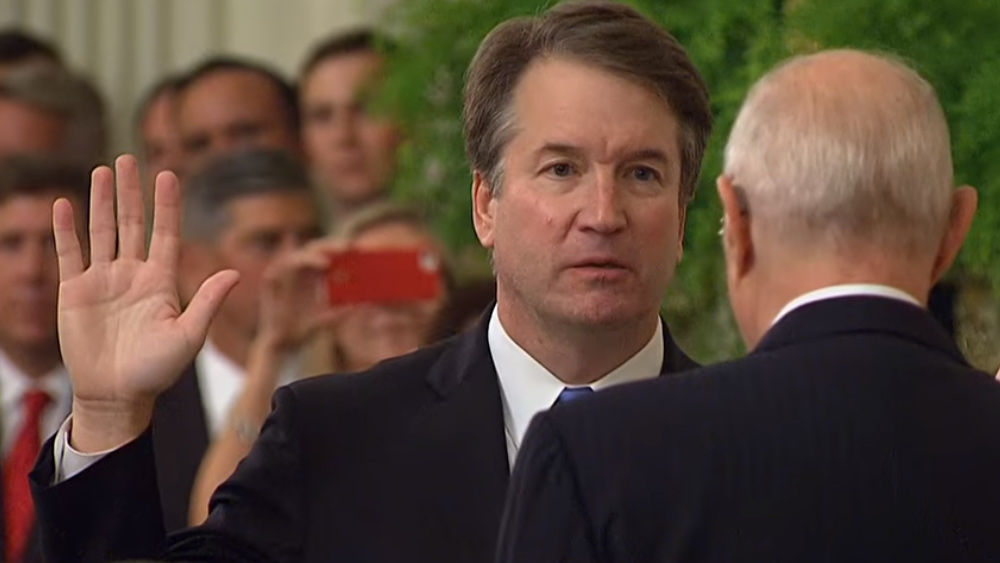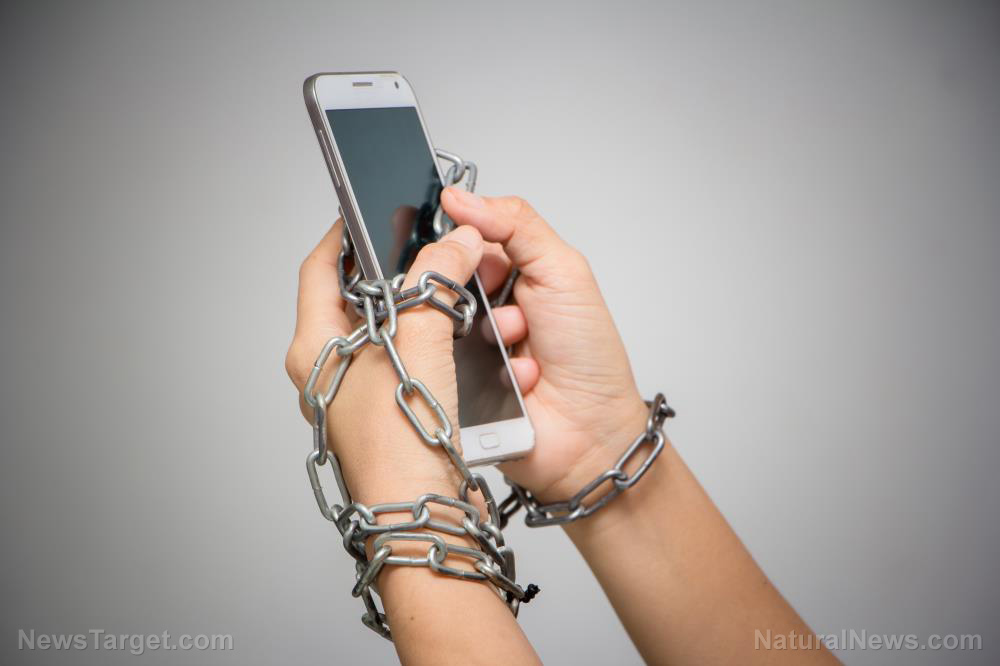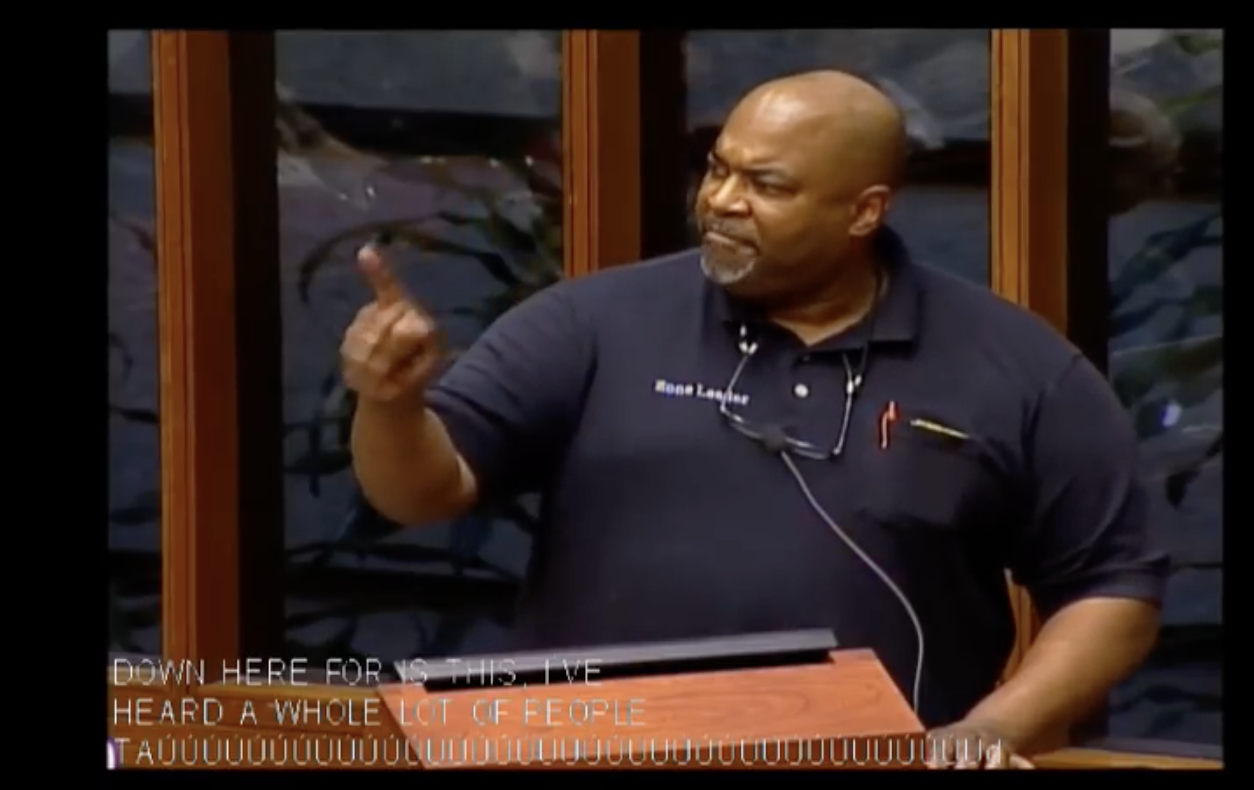Small-scale charity movement sweeping the nation with mini food pantries being hosted in people’s yards
01/18/2017 / By Ethan Huff

The community food bank concept is taking a whole new form in many American towns, where a growing number of families are opting to set up tiny food pantries on their front lawns offering free food and personal goods to folks in need.
Similar in appearance to those little library boxes that offer books to local residents based on the honor system, these mini food pantries are little more than cabinets on posts filled with canned food, bread, toothbrushes, diapers, and other essentials — all accessible without a key, and fully anonymous in nature.
Said to be started by Jessica McClard of northwest Arkansas, the “little free pantry” movement of yard-based food pantries has already spread thousands of miles to states like Oklahoma, Florida, Kentucky, Indiana, and Minnesota, where generous people with the means to do so are helping their communities in a small but powerful way. (RELATED: Learn how to grow your own food at home and help contribute to the needs of your local community)
Maggie Ballard, whose “blessing box,” as she calls it, currently sits on the front lawn of her Wichita, Kansas, home explained to NPR, “I felt like this is something that I could do — something small that you know, would benefit so many people so long as the word got out about it.”
Ballard’s roughly two-feet-wide, bright orange box with a window on the front of it dons a note with simple instructions as to how it works: “Take a blessing when you need one. Leave blessing when you can.”
“My son is six years old, so it gives him a little chore to kind of watch it and see what comes and goes and who comes and goes, and maybe learn a little lesson from it,” she added, noting that she and her son check on the box every day to make sure it’s fully stocked. (RELATED: Learn more about fresh food news at Fresh.news)
Tiny food pantries are popular everywhere, showing the tremendous need for food
In the beginning, Ballard stocked all the food and goods herself — and people come by, mostly at night, every single day to partake of it. But now that the concept has gained more notoriety, including throughout her local community, Ballard says many of her friends and neighbors regularly contribute.
Stacey Schwanke, for instance, has stopped by several times to stock Ballard’s pantry box since it first went up back in October. Ballard’s friends actually made the box for her after hearing about the concept via social media, and seeing that she had found one that she liked on Facebook.
“The products that are stocked are put directly inside the pantry and turnover is about 30 to 45 minutes,” McClard told NPR, explaining that her pantry box is used quite frequently. “The frequency of the turnover and the fact that other sites in town are also turning over that frequently, it suggests to me that the need is tremendous.”
Most of the people using the pantry boxes seem to come at night, McClard and others say, presumably to remain anonymous and not draw attention to themselves. And the more they go up, the more people seem to use them, demonstrating a powerful community need for the concept all throughout the U.S.
While the pantry boxes have been primarily popping up at private residences and near churches and other religious institutions, many businesses are also jumping on board as employees indicate a desire to serve those in need throughout their local communities.
“We’re all short on time and money,” says McClard, “and this is a way that people can feel like they are making a difference.”
To learn more about the “neighbors helping neighbors” Little Free Pantry movement and how to be a part of it, visit LittleFreePantry.org.
Sources:




















